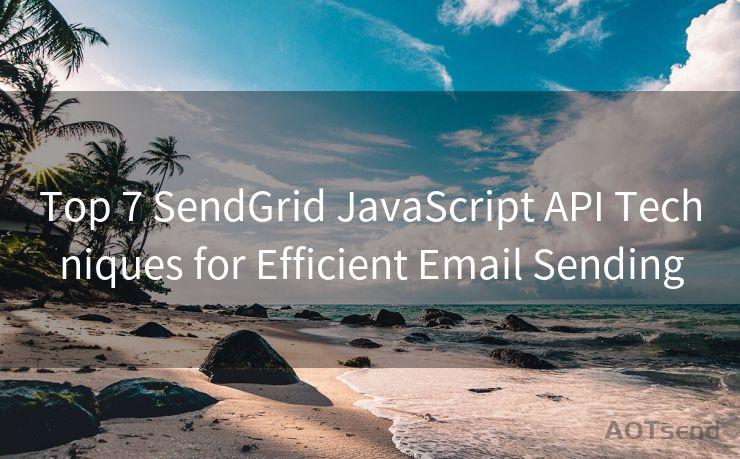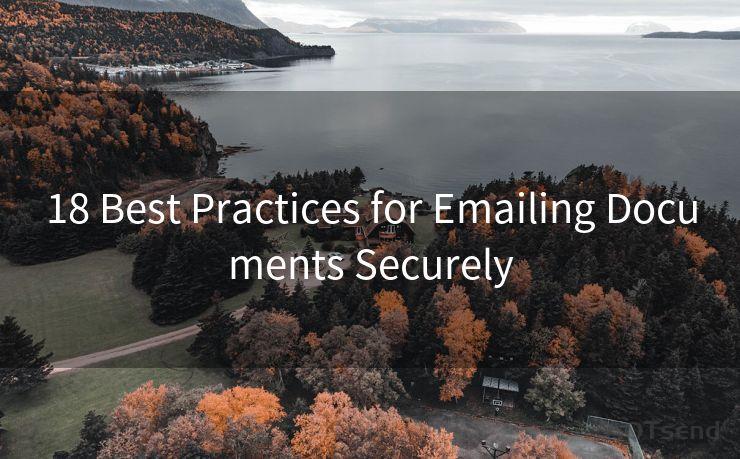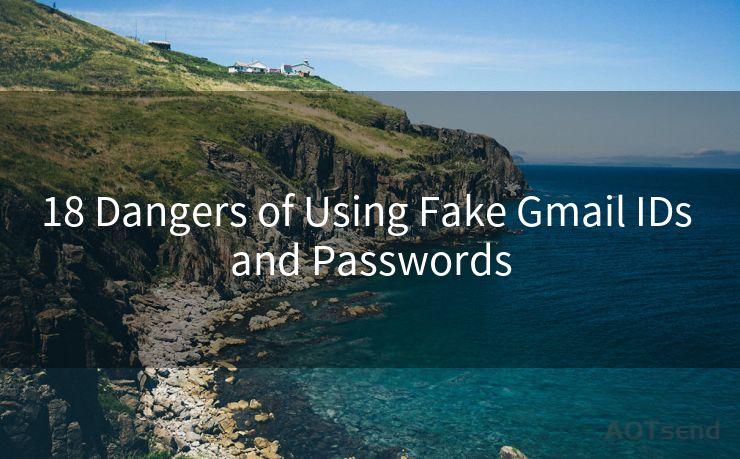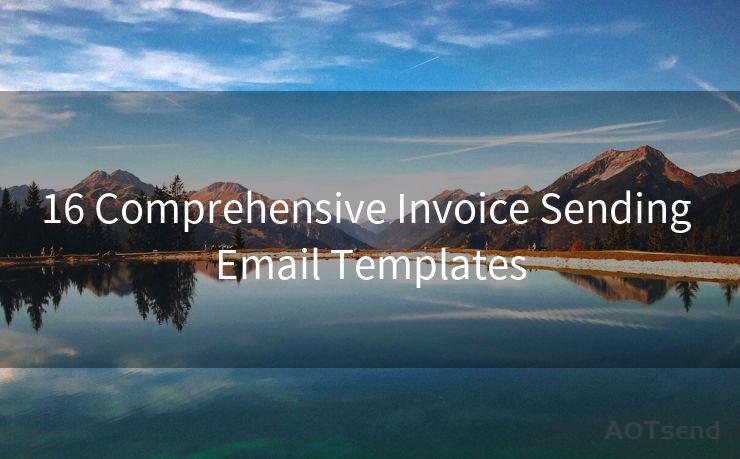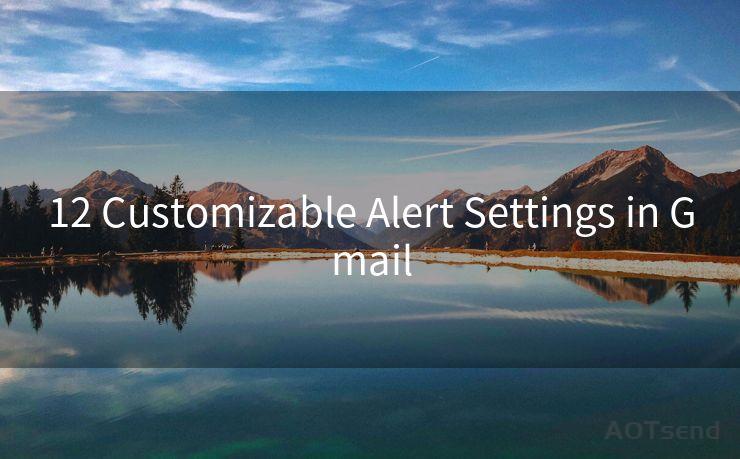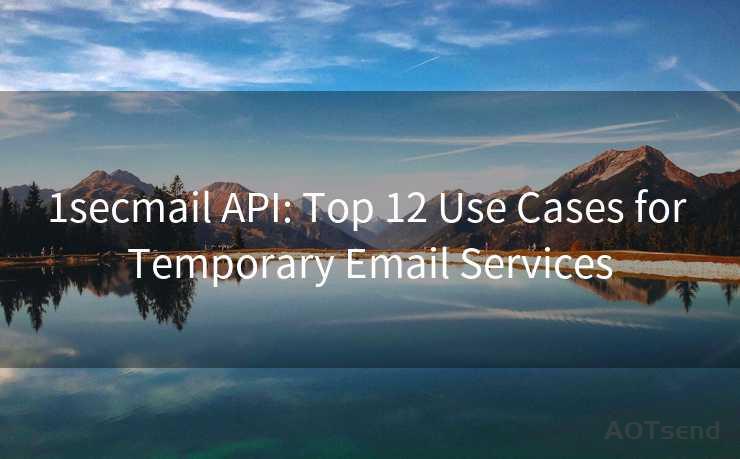16 Python Gmail API Best Practices




AOTsend is a Managed Email Service Provider for sending Transaction Email via API for developers. 99% Delivery, 98% Inbox rate. $0.28 per 1000 emails. Start for free. Pay as you go. Check Top 10 Advantages of Managed Email API
In the digital age, email remains a crucial communication tool, and the Gmail API provides a powerful way to automate and manage email tasks. When using Python with the Gmail API, it's essential to follow best practices to ensure efficiency, security, and compliance with Google's policies. Here are 16 best practices to guide you.
1. Set Up and Authenticate Properly
Before you start coding, ensure you have set up the Gmail API and obtained the necessary credentials. This involves creating a project in the Google Cloud Console, enabling the Gmail API, and creating OAuth 2.0 credentials.
2. Handle Authentication and Authorization Securely
Implement a secure authentication and authorization process using OAuth 2.0. Store access and refresh tokens securely, and handle token expiration gracefully.
3. Understand API Quotas and Limits
Be aware of the Gmail API's quotas and limits. These include daily usage limits, request rate limits, and message size limits. Plan your application's usage accordingly to avoid hitting these limits.
4. Optimize API Requests
Minimize the number of API requests by batching operations and using the appropriate API methods. For example, use the messages.list method to retrieve multiple messages in a single request.
5. Handle Errors Gracefully
Implement error handling mechanisms to manage API errors gracefully. This includes handling rate limit exceeded errors, authentication errors, and other potential issues.
6. Use Exponential Backoff for Retries
In case of temporary errors, implement exponential backoff for retries to avoid flooding the API with requests.
7. Protect Sensitive Data
Ensure that sensitive data, such as access tokens and email contents, are protected. Use encryption when storing or transmitting such data.
8. Comply with Google's Policies
Familiarize yourself with and adhere to Google's policies, especially regarding spam, privacy, and abuse.
9. Use the Latest API Version
Always use the latest version of the Gmail API to ensure compatibility and access to the latest features.
10. Monitor and Log API Usage
Monitor your API usage to track quotas, errors, and performance. Implement logging to aid in debugging and auditing.
11. Optimize Data Transfer
When sending or receiving large amounts of data, optimize data transfer by using pagination and partial response/update功能.
12. Cache Data Appropriately
Cache data locally when possible to reduce unnecessary API requests. Invalidate the cache when data changes.
13. Implement Proper Error Logging and Notification
Set up robust error logging and notification systems to alert you when something goes wrong with your email automation.
14. Test in a Safe Environment
Before deploying to production, test your code in a safe environment to avoid any potential issues.
15. Keep Dependencies Up to Date
Regularly update your Python libraries and dependencies to ensure security and compatibility.
16. Document Your Code
Document your code thoroughly, including comments and explanations, to make it easier for others (or yourself in the future) to understand and maintain.

By following these best practices, you can ensure that your Python Gmail API implementation is efficient, secure, and compliant with Google's standards. This will not only improve the performance of your email automation but also reduce the risk of encountering issues or violations.




AOTsend adopts the decoupled architecture on email service design. Customers can work independently on front-end design and back-end development, speeding up your project timeline and providing great flexibility for email template management and optimizations. Check Top 10 Advantages of Managed Email API. 99% Delivery, 98% Inbox rate. $0.28 per 1000 emails. Start for free. Pay as you go.
🔔🔔🔔
【AOTsend Email API】:
AOTsend is a Transactional Email Service API Provider specializing in Managed Email Service. 99% Delivery, 98% Inbox Rate. $0.28 per 1000 Emails.
AOT means Always On Time for email delivery.
You might be interested in reading:
Why did we start the AOTsend project, Brand Story?
What is a Managed Email API, Any Special?
Best 25+ Email Marketing Platforms (Authority,Keywords&Traffic Comparison)
Best 24+ Email Marketing Service (Price, Pros&Cons Comparison)
Email APIs vs SMTP: How they Works, Any Difference?
Scan the QR code to access on your mobile device.
Copyright notice: This article is published by AotSend. Reproduction requires attribution.
Article Link:https://www.aotsend.com/blog/p10230.html

